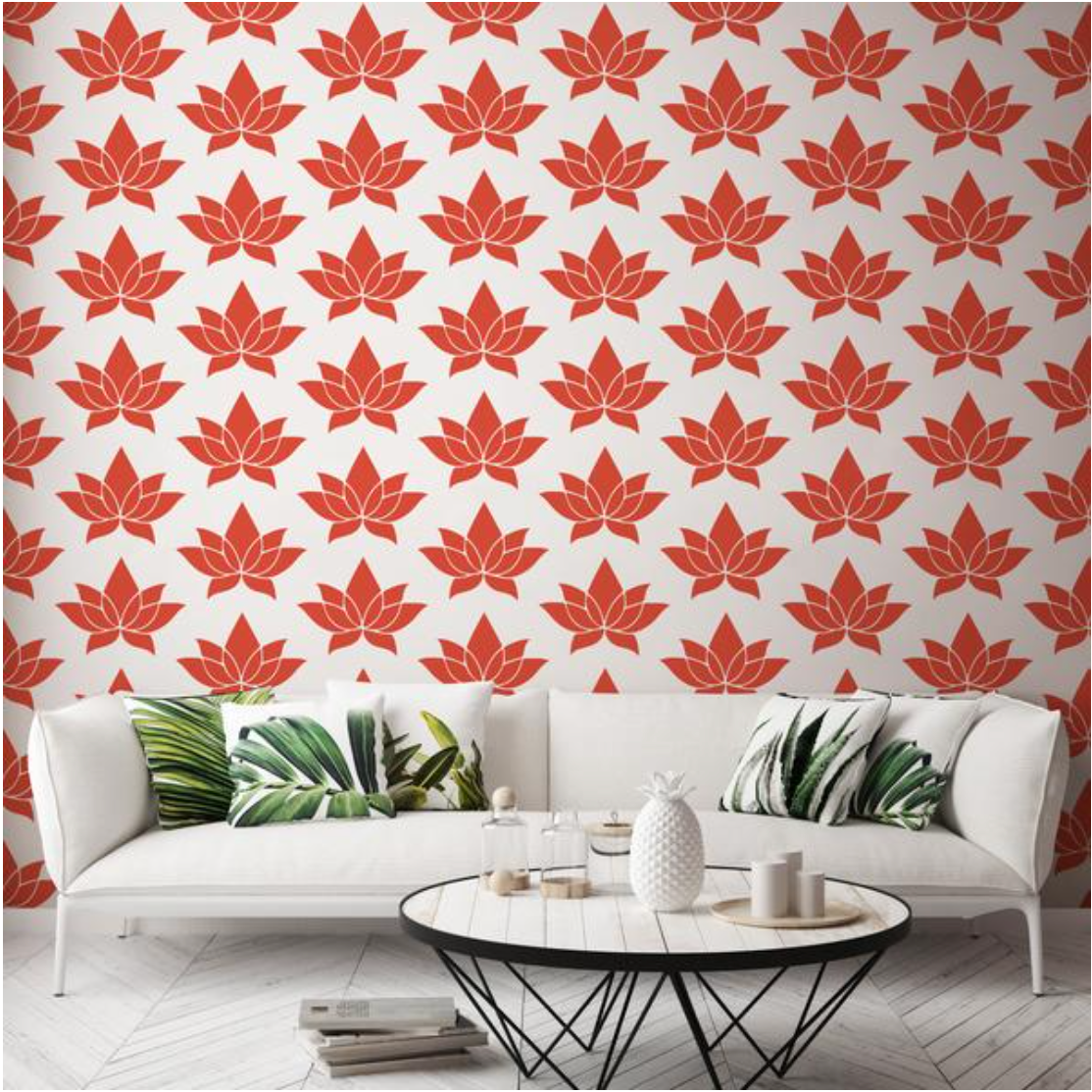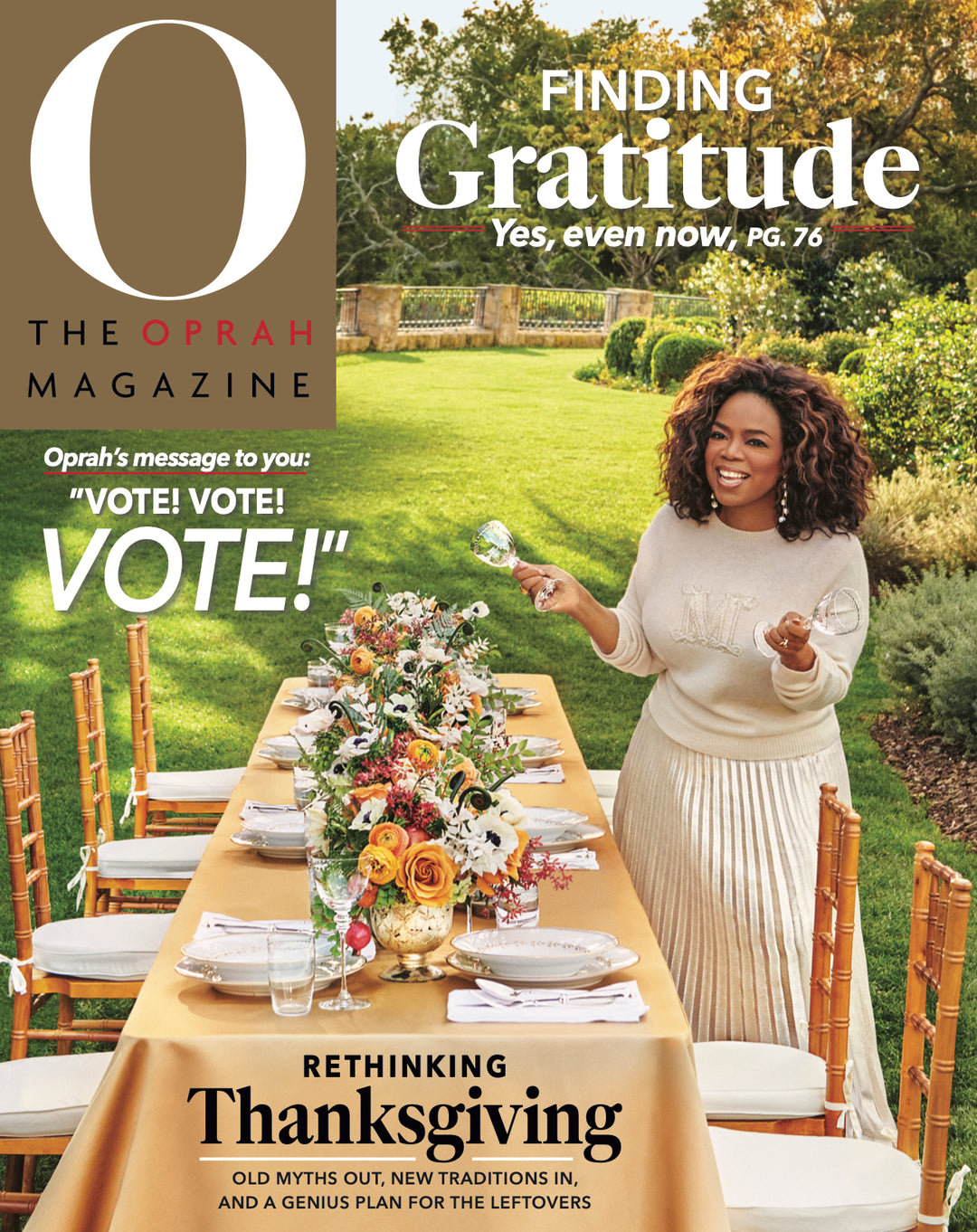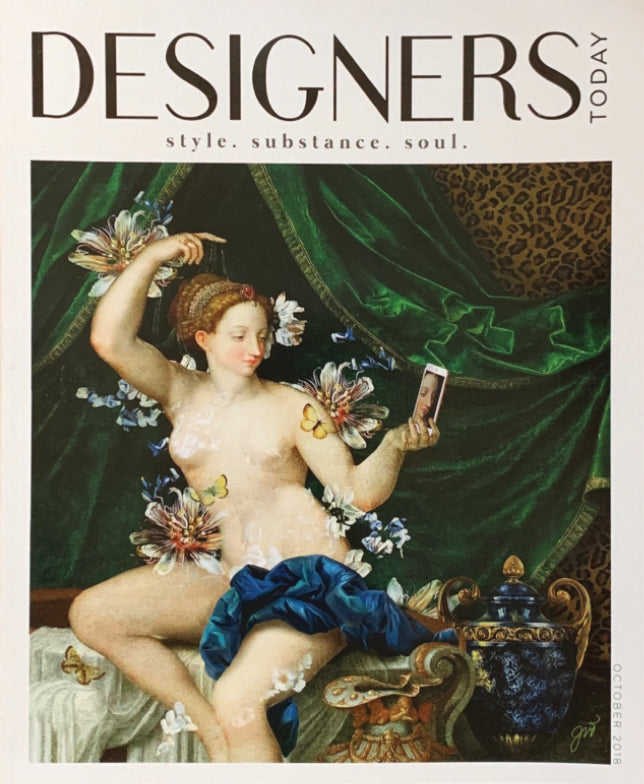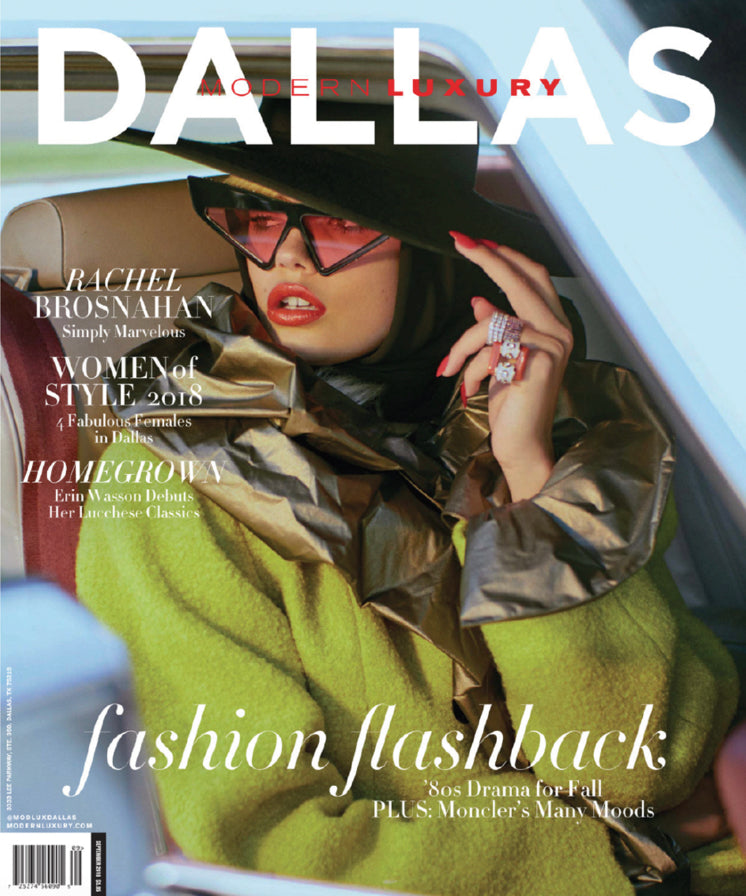The Complete Guide To Restaurant Interior Design
A feast for the eyes is just as important as pleasing the palate when it comes to dining out. Check out any new, trendy restaurant opening and you’ll see the interior design is just as alluring as the food and drinks. Customers crave more than just a good meal, they want an ambiance that’s as instagrammable as their entree.
This guide gives you practical insights into the latest restaurant interior design trends — and how to create appealing and warm spaces that customers are bound to fall in love with.
Emerging Restaurant Interior Design Trends
Boring, traditional designs are losing ground to unique, personalized styles in the restaurant business.
One major emerging is using wallpaper and wall murals creatively. Whether your restaurant wants to evoke nostalgia, a sense of luxury, or a comforting vibe, there’s a wall design out there.
However, wallpapers aren’t the only restaurant interior design trend marking the industry. Here’s what else we’re seeing.
Thematic Interiors
Whether a rustic countryside charm or an ultra-modern city feel, restaurants are adopting unique themes. Touches like the fabric of your chairs or bathroom tiling can be used strategically, contributing to the overall narrative of the space.
The Green Wave
As environmental consciousness among the general public increases, restaurants are incorporating green, sustainable designs. Opt for reclaimed wood or use biodegradable materials. This is especially effective for farm-to-table restaurants where the supply chain is of utmost importance to restaurant-goers.
Low Tech Zones
In this digital age where everyone is hooked to their gadgets, restaurants promoting human interaction are a breath of fresh air. Use conscious design choices like board game corners or tech-free zones to encourage customers to plug into conversations rather than devices.
Multifunctional Spaces
Restaurants that can quickly adapt from a breakfast café to a lunch diner, and then to a cozy dinner spot have become popular. Flexible and smartly designed spaces are the way to go for maximum usability.
Experiential Dining
Some restaurants go beyond just serving food. Whether it's open kitchens allowing customers to watch their food being prepared, or unique table-side food presentations — it's all about the experience.
How to Balance Functionality and Aesthetics in Restaurant Design
While design is of the utmost importance, it shouldn’t compromise the functionality. Here’s a few tips to avoid this issue:
- Consistency is key: Ensure consistency in design by uniting all the elements — from furniture, lighting, and color scheme, including wallpapers — to support the dining concept.
- Material Selection: For areas with high traffic, durable and easy-to-clean materials are advisable. When choosing wallpapers, consider options that are resilient and efficient to maintain.
- Comfort: Design elements should create a relaxed dining atmosphere. Consider aspects like lighting, acoustics, and furniture comfort.
- Reflection of Brand Identity: The design should reflect the restaurant's brand identity, making a lasting impression on the customers.
Brand Identity: Enhancing a Restaurant's Theme Through Design
Brand identity is the essence of your restaurant, including its atmosphere, service, logos, and design elements. These factors can differentiate your restaurant from the sea of others.
Here's how design elements can enhance a restaurant's theme:
Wallpapers & Paint
Use wallpapers or paint for an immediate and striking difference. The choice of color and pattern expresses your theme and brand personality.
For example, lively colors or mural wallpapers suggest a dynamic, youthful space for fast-casual restaurants, or muted tones and delicate patterns for an upscale, sophisticated setting.
Furniture
Furniture selection should reflect your brand's theme. Rustic wooden tables and chairs work well in a farm-to-table restaurant, while contemporary furniture suits a high-tech, urban establishment.
Lighting
Lighting sets the mood. Soft, warm lights create a cozy and intimate ambiance while bright lights stimulate energy and are more suitable for fast-service restaurants.
Layout
The layout must match your service style. Fine dining restaurants require ample space between tables for private conversations, while a café might opt for a more communal setting with closely packed tables or bar-height counters.
Decorative Elements
Accessories like artwork, table centerpieces, or even unique cutlery can be tailored to match and enhance your unique theme.
Tips For Choosing Design Elements for Various Restaurant Styles
Different restaurant styles call for different restaurant interior design elements. Here are a few quick tips:
- Fast Casual and Fast Food: Fast-casual and fast food restaurants need functional and durable design elements as there's high customer turnover. Use easy-to-clean materials, space-saving furniture, and resilient wallpapers.
- Family-Style / Casual Dining: A family-style or casual dining restaurant can explore playful and vibrant design themes. Consider murals, chalkboard menu boards, and large, comfortable seating.
- Fine Dining: For fine dining, elegance and sophistication are key. Choose understated color palettes, plush furniture, stylish dinnerware, and ornate light fixtures. Wallpaper with subtle and luxurious patterns can also help craft an exclusive atmosphere.
- Ethnic/Cultural Restaurants: Local culture and ethnic identity can be emphasized through traditional art, authentic materials, and color schemes synonymous with the region or country. Consider wallpapers with cultural motifs.
The right visual elements directly boost any dining experience, reflect your brand's identity, and keep your restaurant in the minds of customers.
Turn First-Time Visitors Into Loyal Customers With Creative Interiors
Given the significance of interior design in creating an unforgettable dining experience, it's important to make customer-centric design decisions.
Our team at Mitchell Black understands that every detail matters — from selecting the right wallpaper or mural that complements your theme to finalizing a functional layout that improves the dining experience.
So visit our website today for further restaurant interior design inspiration, and let our creative team start transforming your space today. Be bold, be creative, and let your restaurant tell its own unique story!







Leave a comment